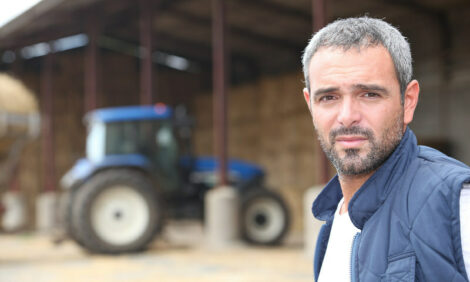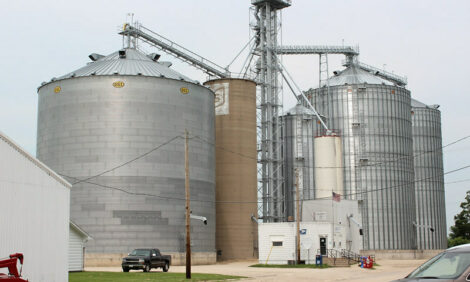



Japan Set to Keep Safeguard Level
JAPAN - Japan's Ministry of Finance (MOF) has recommended an extension to the current safeguard trigger levels for imported beef to cover the Japanese 2008 Financial Year (JFY) (April 2008 to March 2009).The extension would be favourable to Japanese importers, by allowing larger import volumes without triggering increased tariffs, according to analysts at Meat and Livestock Australia.
The safeguard mechanism allows the beef tariff to be increased from 38.5 per cent to 50 per cent for the remainder of the JFY, once the trigger levels are exceeded.
Normally, the trigger levels are set on a cumulative quarterly basis (and separately for chilled and frozen beef), at 17 per cent above the imports for the previous JFY.
However, for the last two Japanese fiscal years, trigger levels have been set using the average of imports in JFY 2002 and 2003. This alteration was due to the extraordinary market circumstance generated by the lifting of the ban on imports from the US, MLA said.
Extension of the applied tariff rates on various food items and the use of safeguard systems are historically agreed during the Japanese Diet session in March. This year, however, discussions on legislative issues may be prolonged due to opposition parties outnumbering the ruling coalition parties in the Upper House.
The MLA market analysts said that demand for Australian beef from the Japanese market weakened in 2007, as total exports declined to 377,864 tonnes, seven per cent below the record set in 2006. The fall was largely due to the high Australian dollar, competition from US and buyers’ unwilling to cover the rising cost of producing grainfed beef.
Chilled beef shipments to Japan declined significantly, going back below 200,000 tonnes for the first time in four years. Grainfed volumes fell 10 per cent from last year, to 171,451 tonnes – 45 per cent of total exports. Frozen grassfed was the only sector that saw a slight growth, owing to lively sales in the Japanese fast food sector and a shift in buying towards lower price cuts.
Beef exporters to Japan experienced difficult trading conditions in 2007. On average, the A$ appreciated 11 per cent against the US$ in 2007, and 13 per cent against the Japanese yen on the previous year.
MLA added that also, substantial rises in grain prices – 49 per cent in wheat, and 53 per cent in sorghum – increased the cost of grainfed beef production.
Japanese buyers, however, were reluctant to pay for the adjustment in costs, as the country’s flat economy had already sent consumers’ interest towards cheaper proteins such as pork and chicken, reducing overall demand for beef, MLA said.
In addition, the re-emergence of competition from US beef caused significant price decreases for certain Australian cuts.
With the under 21 months age restriction still in place, volumes from the US were still limited in 2007 (approximately 11 per cent of the 2003 level). However, US supply is expected to increase substantially if the current import protocols are eased, with a decision expected around mid this year.
The latest figures from MLA show that Japan imported 35,097 tonnes of beef during November, down by 14 per cent compared with November 2006.
TheCattleSite News Desk


